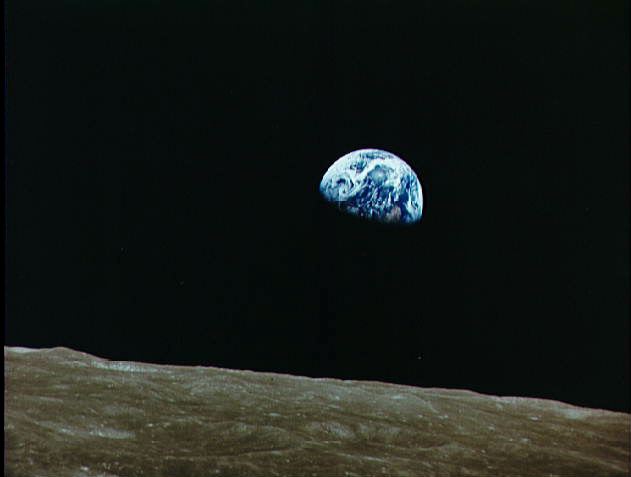ktabic
Save punctuation!
- Joined
- May 16, 2008
- Messages
- 737
This might have been asked before or be stupid questions but...
1) If there was a settlement on The Moon how big would The Earth look to those settlers? Would The Earth been seen in the day like the moon sometimes is, and what would it look like?
The Earth, seen from the Moon, would be a blue/white disc. It would be about four times the size of the Moon as seen from Earth.
It would wax and wane, with new Earth and full Earth, the same as a new moon and full moon (the timings for this are the exact opposite of Earth - when wee see a full moon, they would see a new Earth).
Unlike the Moon that appears to rise and set, the Earth would stay in the same place all the time (because the Moon is tidally locked with us).
Viewing the Earth from the moon, you would see the surface of the Earth change during the day, rather than the moons constant single face we see from Earth.)
Another small question...
2) Would The Moon have seasons similar to The Earth and how quickly would they come and go?
There are no seasons, but there are 27 days, 7 hours and 43.2 minute long days, and there is quite a temperature range between day (+123C) and night (-233C)
Earth from the Moon (courtesy of Nasa, taken from somewhere between 24 and 70 miles above the surface of the Moon)


